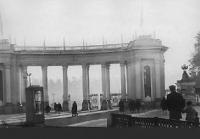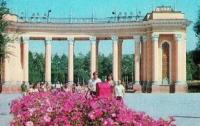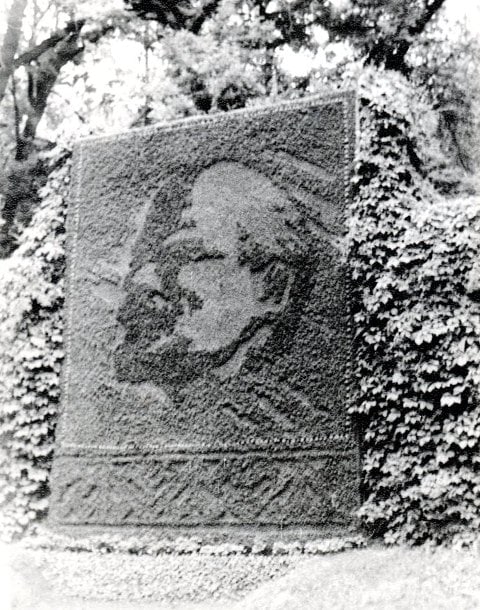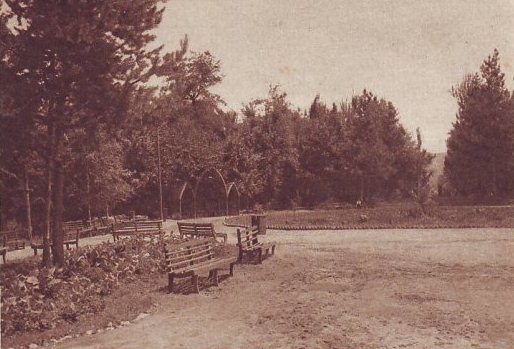You are here
History of Central Park Almaty.


Flower Tours Park in Almaty.
“Cities were always like people, showing their varying personalities to the traveler. Depending on the city and on the traveler, there might begin a mutual love, or dislike, friendship, or enmity. Where one city will rise a certain individual to glory, it will destroy another who is not suited to its personality. Only through travel can we know where we belong or not, where we are loved and where we are rejected”
Roman Payne.
Walks in the Central Park in Almaty.
Park of Culture and Rest named after Maxim Gorky. Laid down in 1856, originally called the "Breech Garden". The history of the park dates back to the emergence of civilian settlements around the strengthening of Verny and the development of crafts.
For the first time, the park was founded as the Treasury Garden by the gardener G. Krishtopenko in 1856 in the floodplain of the Malaya Almatinka River as a place for walking and resting officers of the Vernensky garrison.
The gardener, who had experience in the Crimea, planted the first deciduous and coniferous trees in the garden. For work, he attracted gardening enthusiasts-Vernents Kutaberdin, Sergeyev, Chvanov and others.
Having studied the climatic conditions and soil structure, Krishtopenko came to the conclusion that not only Central Asian plants, but also species characteristic of Central Russia can grow in the State Garden, as well as on the territory of the entire fortification.
In 1868, seedlings and seeds were delivered to Verny from Tashkent, the Nikitsky Botanical Garden, and the Penza School of Gardening. In 1874, Krishtopenko handed over the management of the Treasury Garden to the brother of the famous Vernensky forester Eduard Baum Karl, thanks to whose efforts the park turned into a place of festivities.
The "breech garden" or nursery was intended to breed fruit and ornamental plants, vegetables; growing mulberry gren; the creation of apiaries and more. In 1869 - 1875 a greenhouse was built, flower gardens were broken, a nursery of planting material was created, and on the initiative of Eduard Baum a gardening school for 10 - 15 students was opened.
With the creation of the city of Verny, the park became a resting place for citizens: they equipped a buffet and kitchens, built a dance floor, gazebos, installed a yurt for billiards and tables for games, landscaped alleys. In tsarist times, entry was paid.
During the years of the first Russian revolution of 1905 - 1907, workers of Verny enterprises, and students of young people conducted t-shirts, rallies, and gatherings in the logs. During the years of struggle for the establishment of Soviet power in 1918, the line of defense of the Red Guard detachments passed here.
In 1919, aitys was held in the park with the participation of Jambul. In 1934, the park was reconstructed; recreation centers for workers of Alma-Ata were located on the banks of a deep reservoir, and attractions were equipped. A unique irrigation and irrigation system has been created, covering the entire park.
In the eastern part of the former clover sites, a zoo was created. In 1935 it received the name "A. Gorky Park of Culture and Rest", in 1940 a monument to Gorky was erected. Since 1980 - the Central Park of Culture and Rest named after A.M. Gorky.



Authority:
Wikipedia







